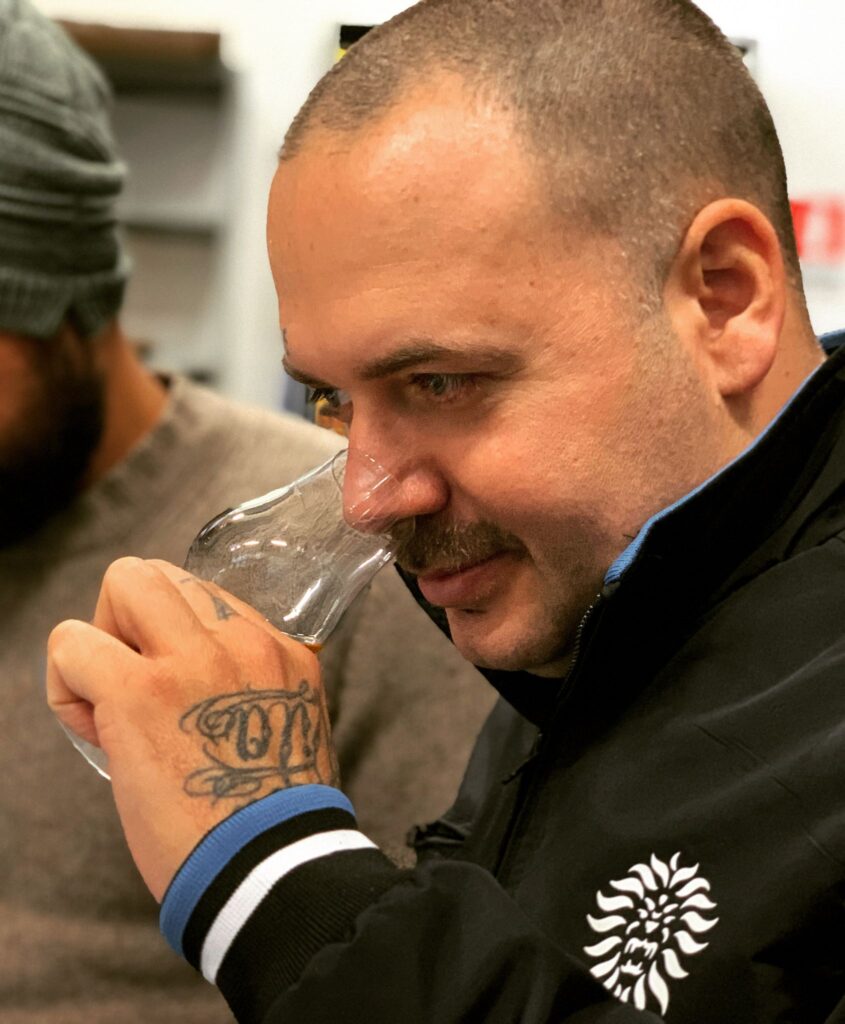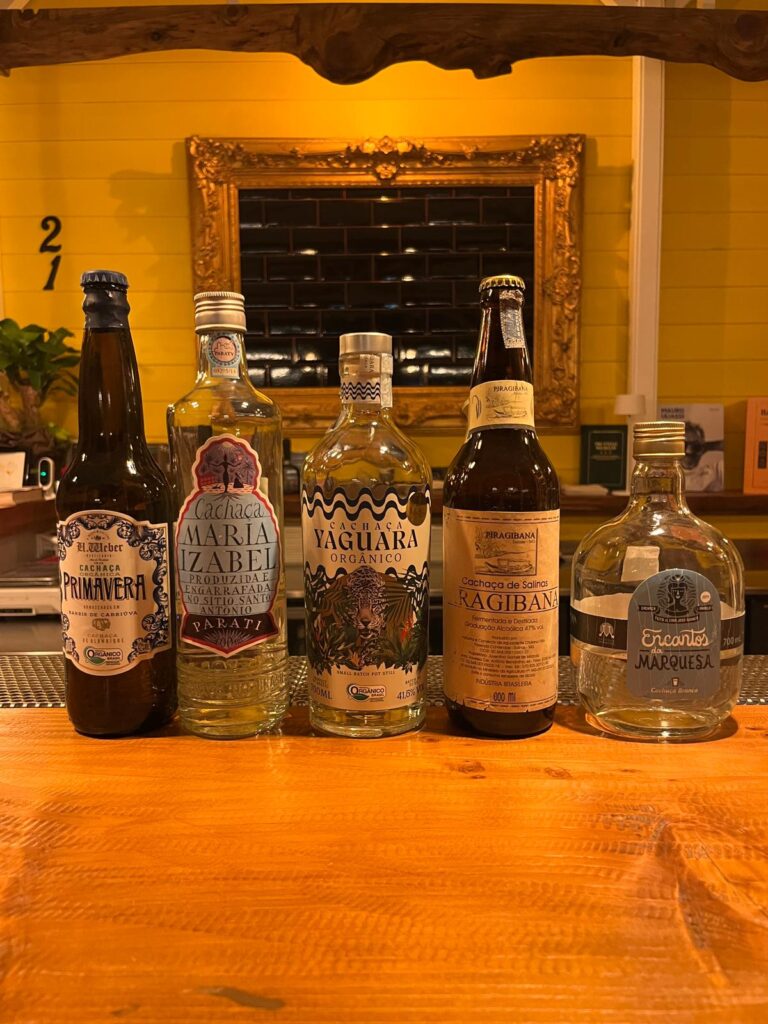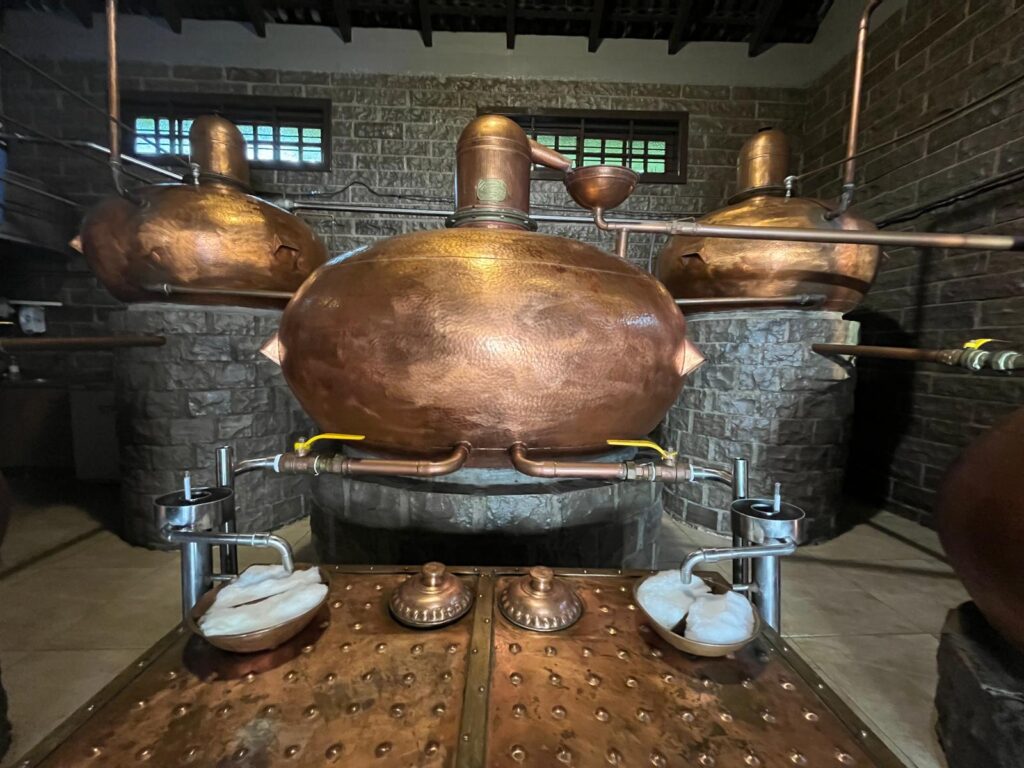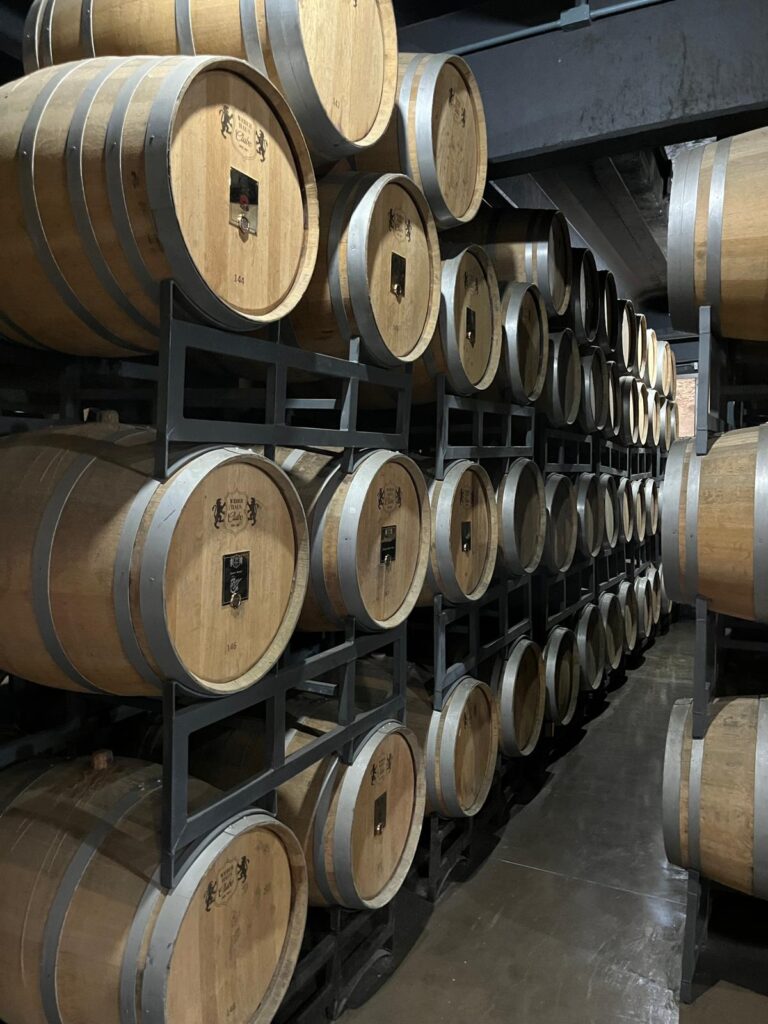Jimmy Bertazzoli, passionate and great expert of cachaça, begins to have his first experiences behind the counter a bit for fun. Over time, the attention he reserves for the raw material grows, and he begins to develop a great passion for the product category. He travels a lot: from Africa to Brazil and the Caribbean, he comes into contact with the native cultures of these countries and cultivates a strong passion for all-round sugar cane distillates, with particular attention to cachaça. For six years he has been managing a place in Marina di Ravenna, theAguardiente, which incorporates all the research he has carried out over the years, boasting one of the largest rum collections in Italy with bottles coming directly from the Caribbean and South America.

Cachaça: historical notes
Cachaça represents the Brazilian people in everything. It is part of the series of distillates coming from sugar cane, in this case from virgin cane juice. But how was it born? “It was born almost by chance, the production of cachaça is the result of the company's know-how Bagaceira, Portuguese distillate imported into Brazil in the years of colonization", He tells us Jimmy Bertazzoli. “From 1500 to 1800, cachaça represented the possibility for Brazilians, and in particular for the poorer class, to enrich themselves through its production. However, the then Portuguese colonial government, in order to maintain control of the country, imposed its interruption several times, applying various regulations that went as far as prohibiting its production and circulation, or heavily taxing the product. In 1822 Brazil achieved independence, and cachaça became a true popular symbol"

The characteristics of cachaça
The cachaça must settle at an alcohol content between 38° and 48° alcohol degrees (percentage of alcohol by volume) and can have a maximum of 6 grams/liter of added sugar, determined by the Brazilian specifications. If 6 grams/litre of sugar is exceeded (up to a maximum of 30 grams/litre), the wording must be indicated on the label sweetened (adopted). The trademark of cachaça is given by the freshness of the sugar cane, which in turn gives the product a great intensity of primary aromas, thanks to the virgin cane juice, a lively and precious raw material. The type of sugar cane, the type of soil and the exposure of the field in which it was grown have a major impact on the quality of the final product and its organoleptic characteristics.

It is no coincidence that the family of sugar cane used is often indicated on cachaça bottles. There are productions of cachaça coming from single-varietal and multi-varietal sugar canes. The first indicates the use of only one type of rod; the second, however, involves the use of multiple typologies. In Brazil there are many types of sugar cane, there are around eighty types, several of which are hybrids, i.e. daughters of a cross to ensure that they become more performing in terms of sugar and resistant to atmospheric agents. One of the most used is the so-called White Java, similar in characteristics to what we will call in the Caribbean Crystal clear, fine reeds.
The distillation process
First of all, the virgin cane juice, after being extracted by pressing from the sugar cane, is added with water to adjust the sugar percentage; it is then subjected to fermentation, which is deliberately never too long, so as to preserve the original aromas of the raw material and the territory. An important parenthesis on the fermentation process concerns the choice of yeasts used. Selected and standardized yeasts can be preferred, such as those used in bread-making or oenology, or yeasts that come indigenously, for example from the same sugar cane, which amplify the aromas of the raw material even more. A further method consists of spontaneous fermentation, the must is left in the open air and the bacteria present in the atmosphere are allowed to carry out the fermentation. In this case, you will never have a standardized product, since atmospheric and bacterial conditions vary continuously.

Once the fermentation process is completed, we move on to the still phase. An artisanal cachaça is always distilled in discontinuous stills, the so-called Pot Still. The alcohol present in the must evaporates due to the heat, bringing with it the aromatic elements, and following a lowering of the temperature it condenses, returning to being liquid. This distillation process is artisanal, as you have total control of the temperature and time in which it is distilled. During the evaporation phase, the master distiller can give the cut of the liquid he aims to obtain, in the sense that he can manage the quantity of the alcoholic part and the part of aromatic components that will characterize the final product. Pot Stills are called discontinuous stills since, once the distillation process is finished, it is necessary to empty them, clean them, put the must back inside them and repeat the cycle (although very often Pot Stills of Charentaise design are used which, thanks to a must heater, make the process almost continuous, without changing the distillation dynamics).

Cachaça, like all distillates, always spends a period of time in steel tanks once the distillation process is finished to make it harmonious, as the molecules need to bond with each other. The duration of rest can vary between three, six, nine months, but even more than a year. After which you can proceed either directly with bottling or by letting the distillate rest in wooden barrels. In the latter case, there will be a greater evolution of flavors given not only by aging but also by the variable type of wood used. Brazil boasts a wide selection of woods, from the most common such as oak, called American or French Carvalho, to native woods such as that ofAmburana, which give the product an important aroma. It should be pointed out that, for a distillate from virgin cane juice, long aging is never preferred, because the tertiary aromas given by the wood tend to cover the freshness of the sugar cane.
Continues…
Cover Photo Credits: winedharma.com
Article Photo Credits: Jimmy Bertazzoli
























